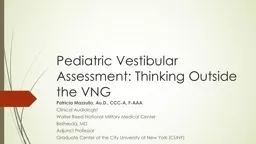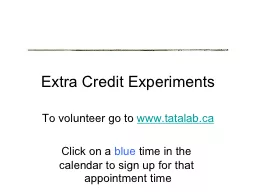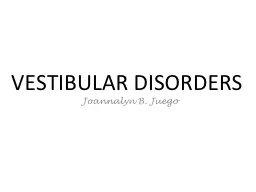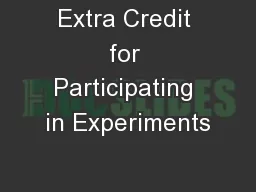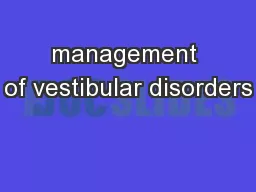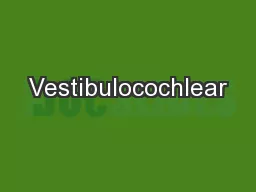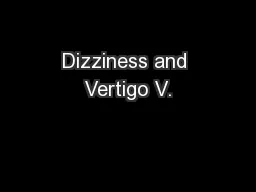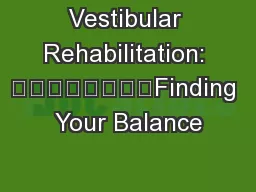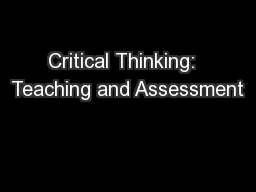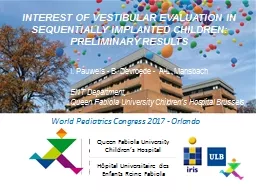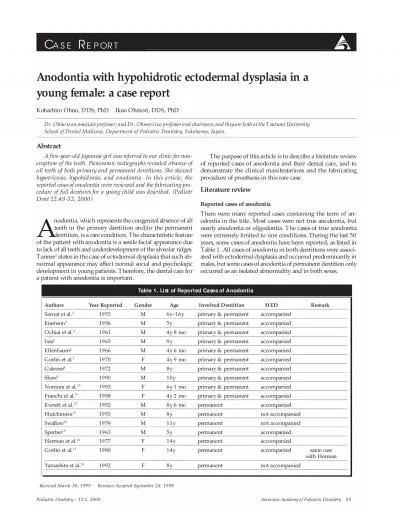PPT-Pediatric Vestibular Assessment: Thinking Outside the VNG
Author : natalia-silvester | Published Date : 2019-12-16
Pediatric Vestibular Assessment Thinking Outside the VNG Patricia Mazzullo AuD CCCA FAAA Clinical Audiologist Walter Reed National Military Medical Center Bethesda
Presentation Embed Code
Download Presentation
Download Presentation The PPT/PDF document "Pediatric Vestibular Assessment: Thinkin..." is the property of its rightful owner. Permission is granted to download and print the materials on this website for personal, non-commercial use only, and to display it on your personal computer provided you do not modify the materials and that you retain all copyright notices contained in the materials. By downloading content from our website, you accept the terms of this agreement.
Pediatric Vestibular Assessment: Thinking Outside the VNG: Transcript
Download Rules Of Document
"Pediatric Vestibular Assessment: Thinking Outside the VNG"The content belongs to its owner. You may download and print it for personal use, without modification, and keep all copyright notices. By downloading, you agree to these terms.
Related Documents

